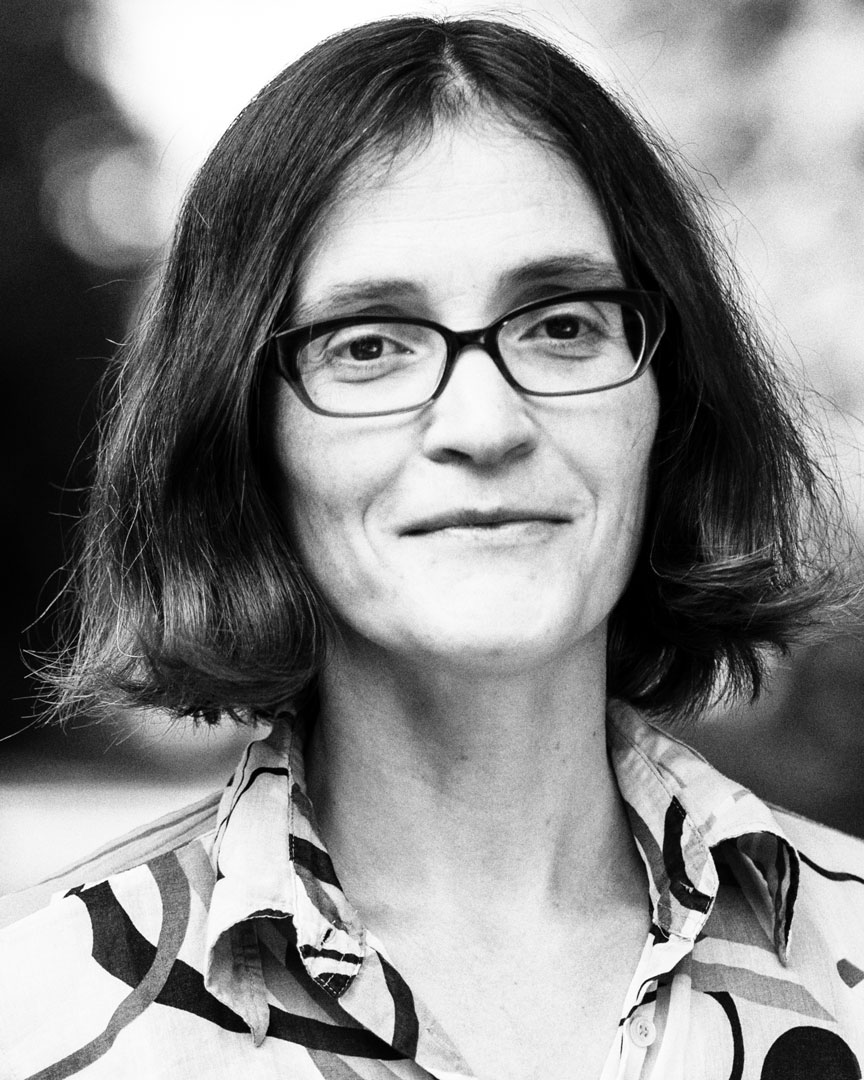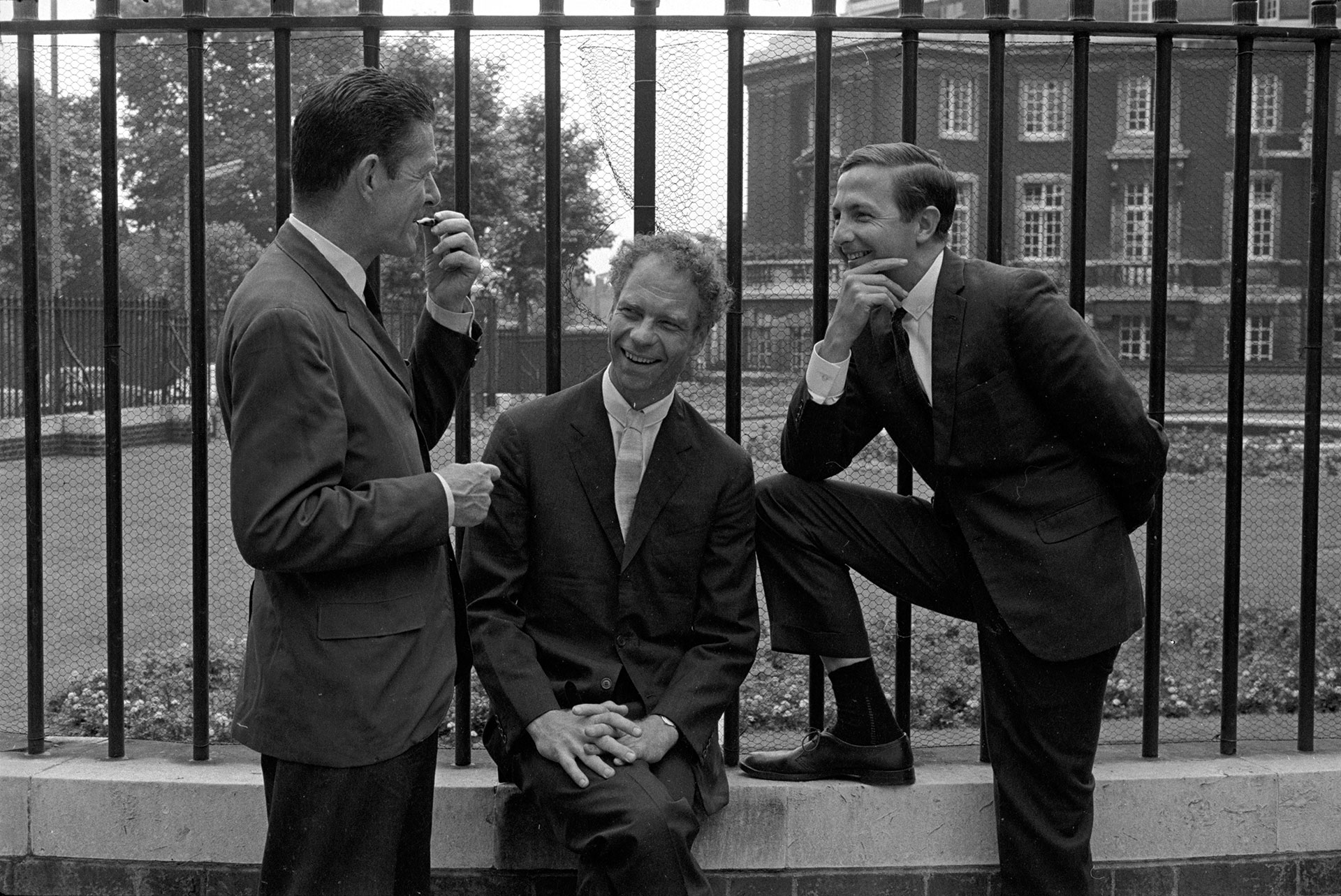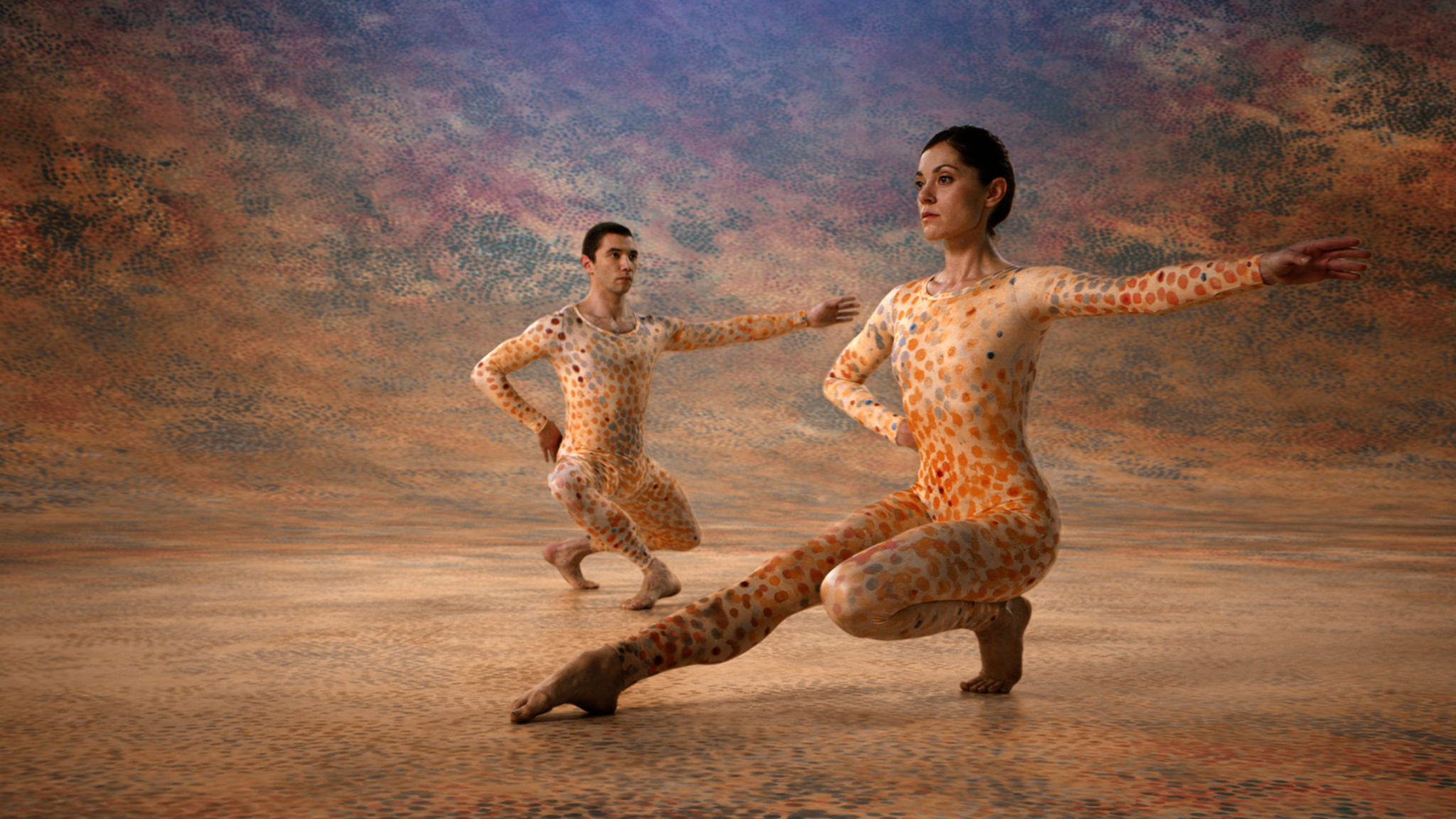
© Martin Miseré / courtesy Magnolia Pictures.
Documentaries about artists all too often fall into a lazy formula of archival clips and talking-heads interviews, with their life stories told from birth to death. Alla Kovgan’s Cunningham does something much different. It’s not a non-fiction biopic. Covering dancer-choreographer Merce Cunningham’s work from 1942 to 1972, it devotes two thirds of its length to new performances of 14 of his dances, shot by Kovgan in evocative locations. It also explores his collaborations with his partner, composer John Cage, and artist Robert Rauschenberg (and, much more fleetingly, Andy Warhol). It uses interviews very sparingly, and all are taken from films made at the time. Shot in 3D, Cunningham uses the format imaginatively to play around with space, making the past and present interact. It’s the second documentary feature from the Russian-born director, following the 2007 Movement ®evolution Africa and work in shorts going back to 1998. Her website is kinodance.com.
StudioDaily: Merce Cunningham lived to be 90 and worked for 70 years. How did you settle on covering the first 30 years of his work?
Alla Kovgan: The film didn’t start with Merce, but from his work. It began with my interest in bringing 3D and dance together. I was interested in translating his ideas about dance into cinema. When I began researching the man, I realized how difficult these first three decades in New York were for him. It’s framed between the first concert he gave with John Cage and the moment when Caroline Brown, who was his right-hand woman, left his company. If you think of it, he didn’t have any support, press or audience. It was a constant struggle, yet he never gave up. It was almost an impossible journey. I found that very moving. His company was like a family, with people close in age. Late in the ’70s, it turned into an institution. The age difference between Cunningham and his dancers was 20 years. This coming together of a composer, dancer and visual artist interested me. A lot of people remember Merce as an old man in a wheelchair, but dancing was the most important thing for him. This story has been told, but I thought it was time to re-articulate it. So that’s how I framed it. One more thing is that I was very close with David Vaughan, the historian who was close with Merce. He met Merce in 1950. He always said that 1972 was the end of an era. When Brown left, new people and new relationships began. Finally, Merce embraced every technological advance of his time. He was interested in everything from 16mm film to motion capture. In the 1970s, he started speaking with Charlie Atlas and others on movies himself. Before that time, there’s less material, and he wasn’t filming himself.
The film almost doubles as a history of the beginning of pop art and experimental classical music.
At the beginning of the 1940s, it’s really Merce and Cage working together. Merce is under the influence of Cage. John pushed him to make his own thing. If not for John, he would have stayed longer with Martha Graham. He had this idea that dance and music have to be separate. At first, they would agree how long each piece had to be, like it’s two-and-a-half minutes. In the end, they would go away, John would write music and they’d literally meet at the premiere. So that was a revolutionary idea. Even now, a lot of people don’t accept the idea of dance existing without music. Merce was very interested in the visual arts. Cage, Cunningham and Rauschenberg all felt that they weren’t accepted by their communities. They came together and found a home with each other. That was fascinating. This triangle has been compared to [Ballets Russes founder Serge] Diaghilev in the 1920s, but he was an impresario who put Nijinsky and Stravinsky together. [Cage, Cunningham and Rauschenberg] just came together because they liked each other’s ideas and were willing to take a risk. That’s a much different way of making work and being in the world.

From left: John Cage, Merce Cunningham and Robert Rauschenberg in Cunningham.
© Douglas Jeffrey / courtesy Magnolia Pictures
What camera did you use?
We worked with an [Arri] Alexa Mini. Actually, we had two cameras — we had a Screen Plane rig.
3D lets you layer video footage with still photos in an unusual way. Were you thinking of simulating the experience of watching live dance?
It was two different processes. When we shot live-action footage, it was like a fiction movie. Everything was staged for the camera. Every dance had a physical concept behind it, so we said, “If this is a dance based on the action of falling or the act of being together, how would cinema think about it?” We tried to translate his ideas into cinema. That was a very condensed, focused process. We got out of the theater very fast. Then we had a completely different archival process. That was all based on real material. It was a challenge to marry live action with archival film. We decided to think of it as a set of elements to be positioned in space. So the black void is a box, and we collaged things in different levels: foreground, middle ground, background. There’s always at least two things at once. The more complex frames have a motion picture, a photograph and writing. All of this is a collage in space. So you feel like although all the original elements are in 2D, they are positioned in depth.
Your production company is called Kinodance. All the films you’ve made have a relation to dance. Is that your training?
I’ve never been a dancer. I was a ping-pong player growing up in the USSR. But I was an editor, working on documentaries that have nothing to do with dance, for 15 years. In my own work, I really feel like I’m on a mission. I would like to bring back physicality to cinema. I feel like these days, it’s completely lost due to visual effects. I was thinking that people miss the authenticity of action in cinema. Dance can allow that. It’s a physical language that communicates without speech. I had a really hard time writing scripts when I moved from the U.S. to Russia. Then I started working with physical performance. Contemporary dance and cinema were born at the same time, which was the late 19th century. The earliest filmmakers captured motion. There’s a lot of affinity between dance and film.
Cunningham is a non-verbal film, in some respects. Do you see a connection between that and being an immigrant who works in your second and third languages?
I think that non-verbal communication in film comes through physical action. Think about silent comedians: they made cinema popular! It took me 10 years to fully learn English, but I can write it without feeling handicapped. I can speak French and some German, and Russian of course. I don’t feel limited in English in any way. But I do think cinema, in a philosophical conviction of mine, is based in action and images. Talking is just another layer, but it’s not the main thing.
Cage was Cunningham’s lover in addition to composing music for his performances. Rauschenberg was gay as well. How open were they about this during the period you cover?
They were not. A lot of people asked me why I didn’t dive deeper into their relationship. It’s primarily because they didn’t share it with anyone. The first time David Vaughan, who was also gay, learned that they were a couple was 1964. By that time they’d been together 20 years. And the only reason he found out is because they went on a world tour where they stayed in the same room. The only time John Cage talked about it publicly was in 1989 when he was asked “What about your relationship with Merce?,” and he said, “I cook and Merce does the dishes.” So this was the McCarthy era. There was no conversation about it. Did they talk to each other about it, and with Rauschenberg and Jasper Johns? A lot of the dancers were also part of the LGBT world. Many LGBT scholars interpret this idea of silence that John Cage came up with as an act of protest. It all depends. John Cage said, “I have nothing to say, and I’m saying it.” He said that in 1948 when he gave a lecture on nothing. It took place at the Artists’ Club. That was [Willem] de Kooning, [Robert] Motherwell, Pollock, and others. In their manifesto, there were no gays or communists allowed. But they invited Cage to give a lecture on nothing. What is that a response to? You can interpret that the way you want. Is it in their work? But they weren’t openly admitting. We used the letters of Cage and Cunningham, where you can find references to their relationship. I wanted to respect their integrity.
The settings are key to the dance performances. Where exactly were they shot?
The shoot took 18 days. Two days in France, one day in New York, which was only helicopter shots. Everything else was Germany. We started in Hamburg, then we went to the Cologne and Dusseldorf area and traveled to the south of Germany, to Stuttgart. We first picked locations and storyboarded everything for New York, hoping we could shoot there. It became clear we couldn’t. We had to start the process all over again and re-storyboard it for Germany. In the dance performed on top of a building, the city is New York, CGI’d. But the train is German.
I thought that was Brooklyn or Queens!
Everybody does. No one asks about the train.
You edited the film yourself. Was this a different experience from the flat films you’d made before?
With dance, it was very easy. The main difference is that you can’t cut between a wide shot and close up in 3D. It disturbs your eyes. So if you want a close-up, you just have to choreograph your shot in a way that ends up this way. The dances were very easy to cut. The archival footage was a nightmare. You couldn’t think about shots, just elements. It was like the artist Joseph Cornell’s boxes. I had to fill in multiple things at multiple layers. Also, bringing coherence between the live-action and archival footage was a challenge. Organizing the audio without any contemporary talking heads was also hard. I felt like a choreographer, putting all these things together.
Cunningham opens today at Film Forum and Film at Lincoln Center’s Walter Reade Theatre in New York and at the Laemmle Royal and Pacific Arclight Sherman Oaks 16 in L.A., followed by a national release from Magnolia Pictures.
Crafts: Shooting
Sections: Creativity
Topics: alexa mini ARRI dance documentary screen plane stereo 3d
Did you enjoy this article? Sign up to receive the StudioDaily Fix eletter containing the latest stories, including news, videos, interviews, reviews and more.












